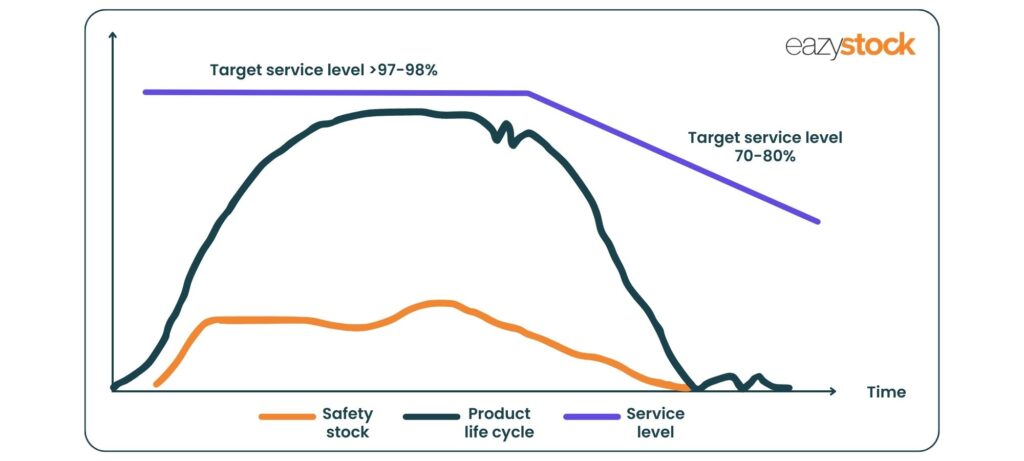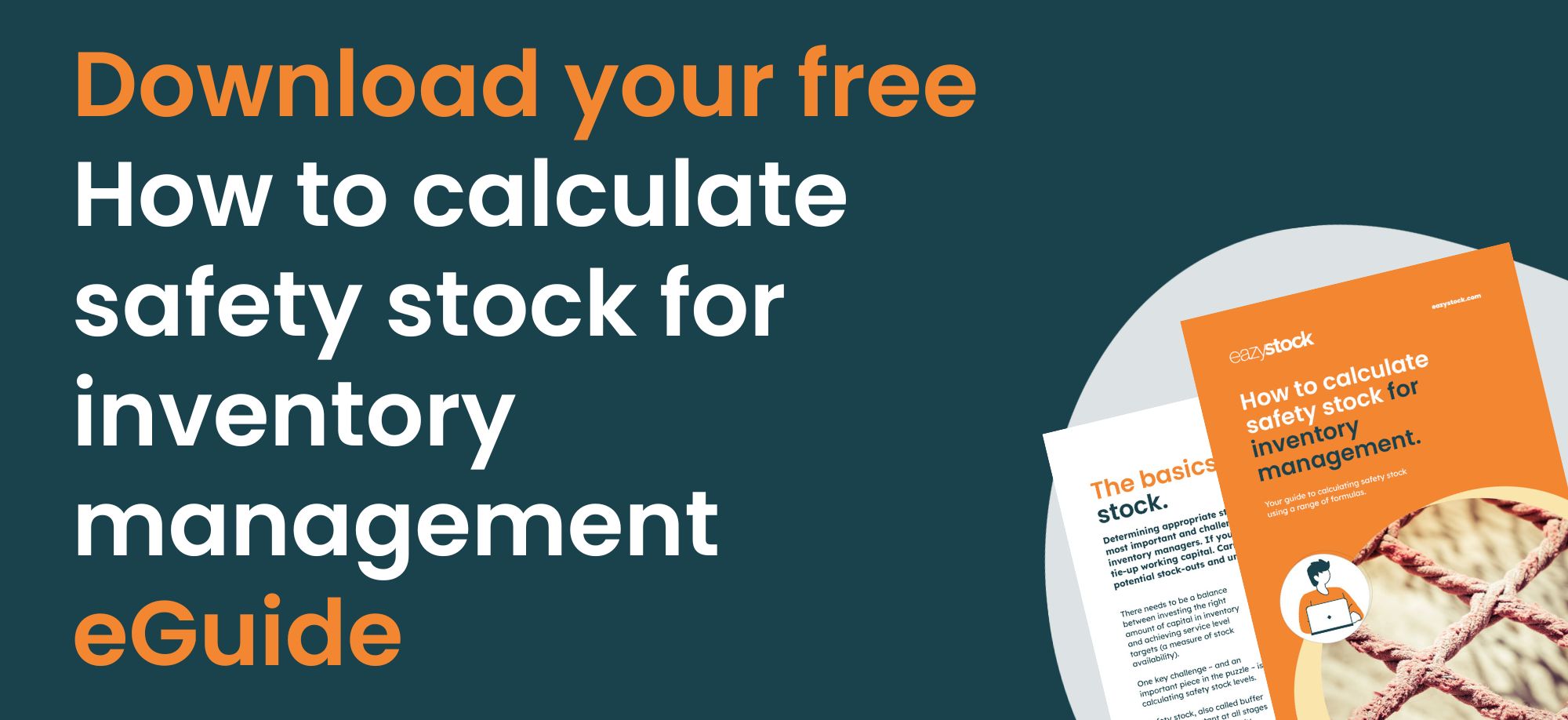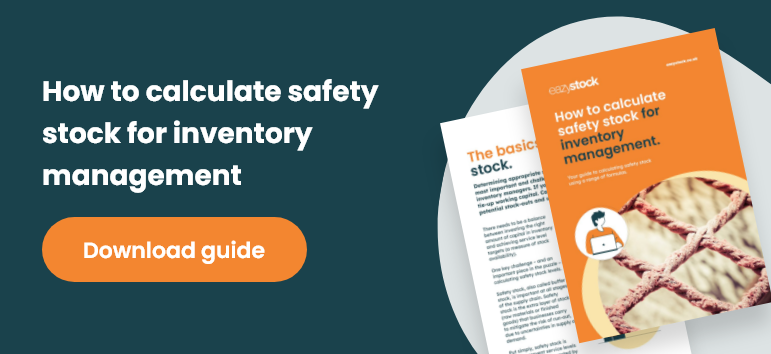How to manage safety stock levels
Safety stock inventory, also called buffer stock, is a term used by inventory and logistics managers to describe extra stock carried to mitigate the risk of stockouts (shortfall in raw material) due to uncertainties in supply and demand.
Safety stock is an addition to normal, cycle, or basic inventory that serves as a buffer against supply chain variability. One of the biggest variability factors in supply chains is demand itself. Demand can be highly unpredictable, occurring in different demand-type patterns.
Safety stock challenges
The challenge for all inventory planners is to effectively balance the basic stock level required to maintain target service levels with as little safety stock to provide ‘just the right amount’ of seasonal stock to ensure you don’t run out.
Adapting to varying demand behaviors is the key to better safety stock results, enabling companies to save money while meeting service level requirements.
Most inventory management tools that manage safety stock assume either a coverage period or a normal distribution and thus almost always overestimate the quantity of safety stock necessary to cover the variability leading to inflated costs and excess stock. In the graph below, you will see how safety stock calculations and service level targets fluctuate based on an item’s life-cycle stages.

Safety stock calculations in advanced optimization tools such as EazyStock are adaptive and dynamic, following the different demand types as they are more or less variable. Higher accuracy is achieved for certain demand patterns if the Poisson distribution or negative binomial distribution are used.
The target service level, or target fill rate, is a key input driving the size of the safety stock alongside the demand variability. Ideally, you should set stock levels to cater for each demand and supply fluctuation.
In theory, you would need to set the service level at 100%. In reality, this approach is not financially defendable, so companies should strategically set different target service levels for different demand types and ABC classification.
Learn More
Download our free eGuide that covers the different methods for calculating safety stock in greater detail. Additionally, learn strategies for finding the right balance between inventory costs and customer service levels.
eGuide topics include:
- The basics of safety stock management
- Why companies should carry safety stock
- Methods of calculating safety stock
- Calculation equations & examples









